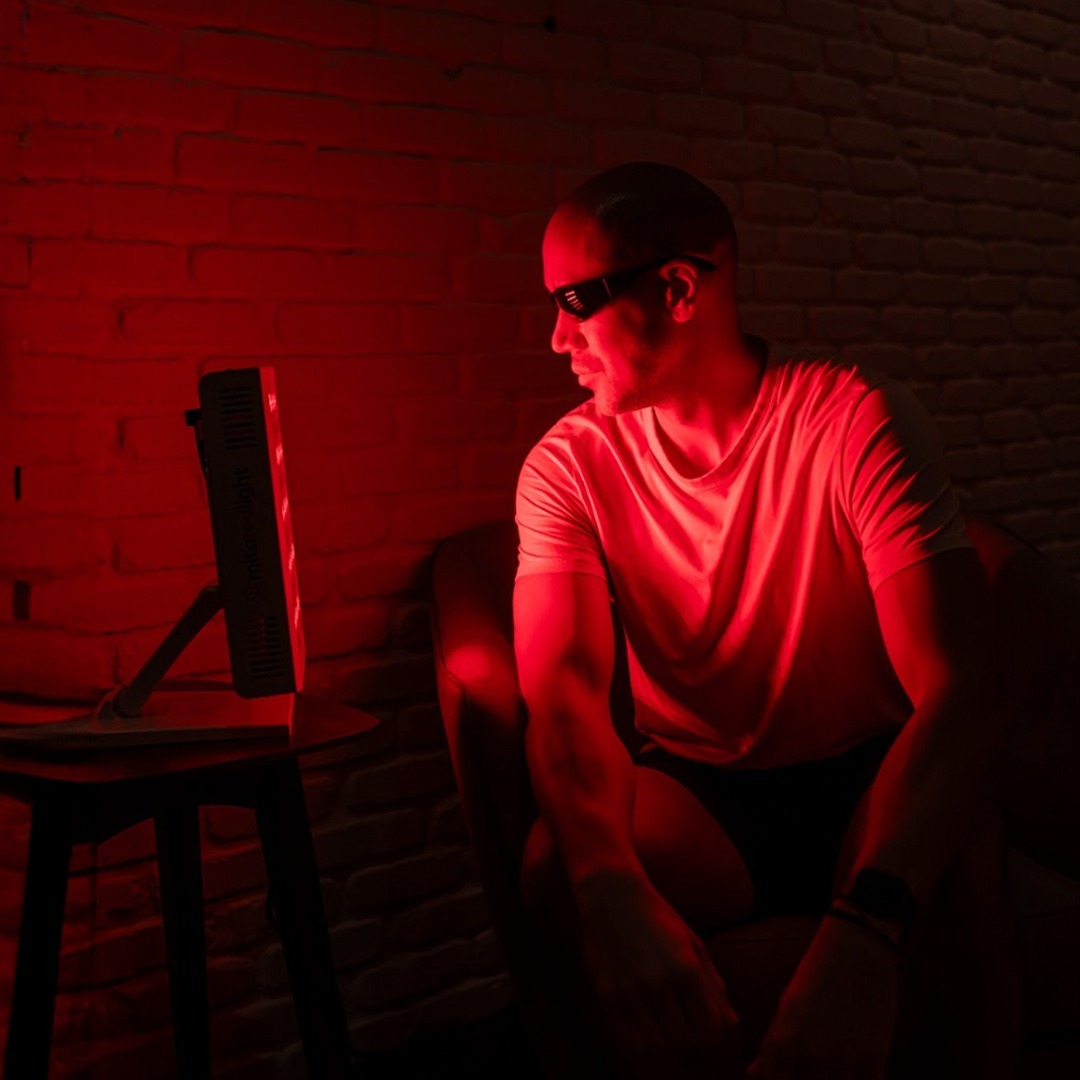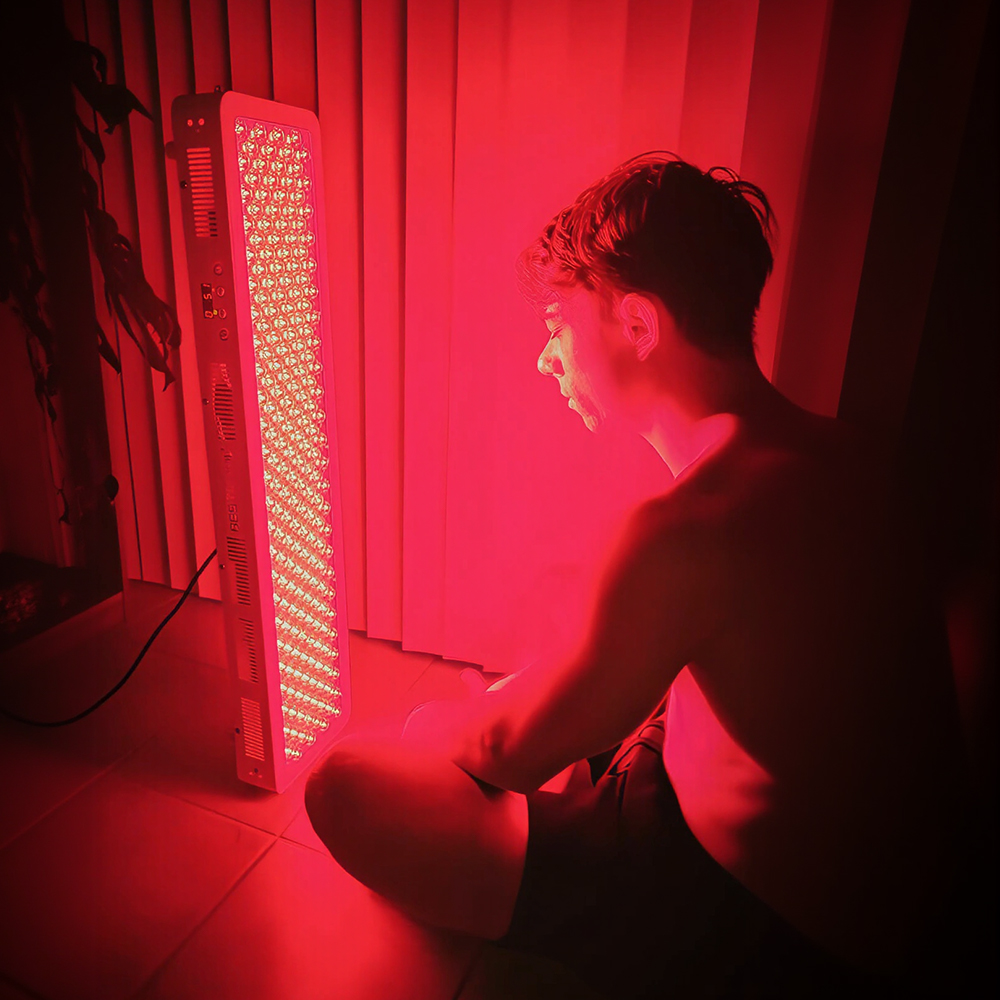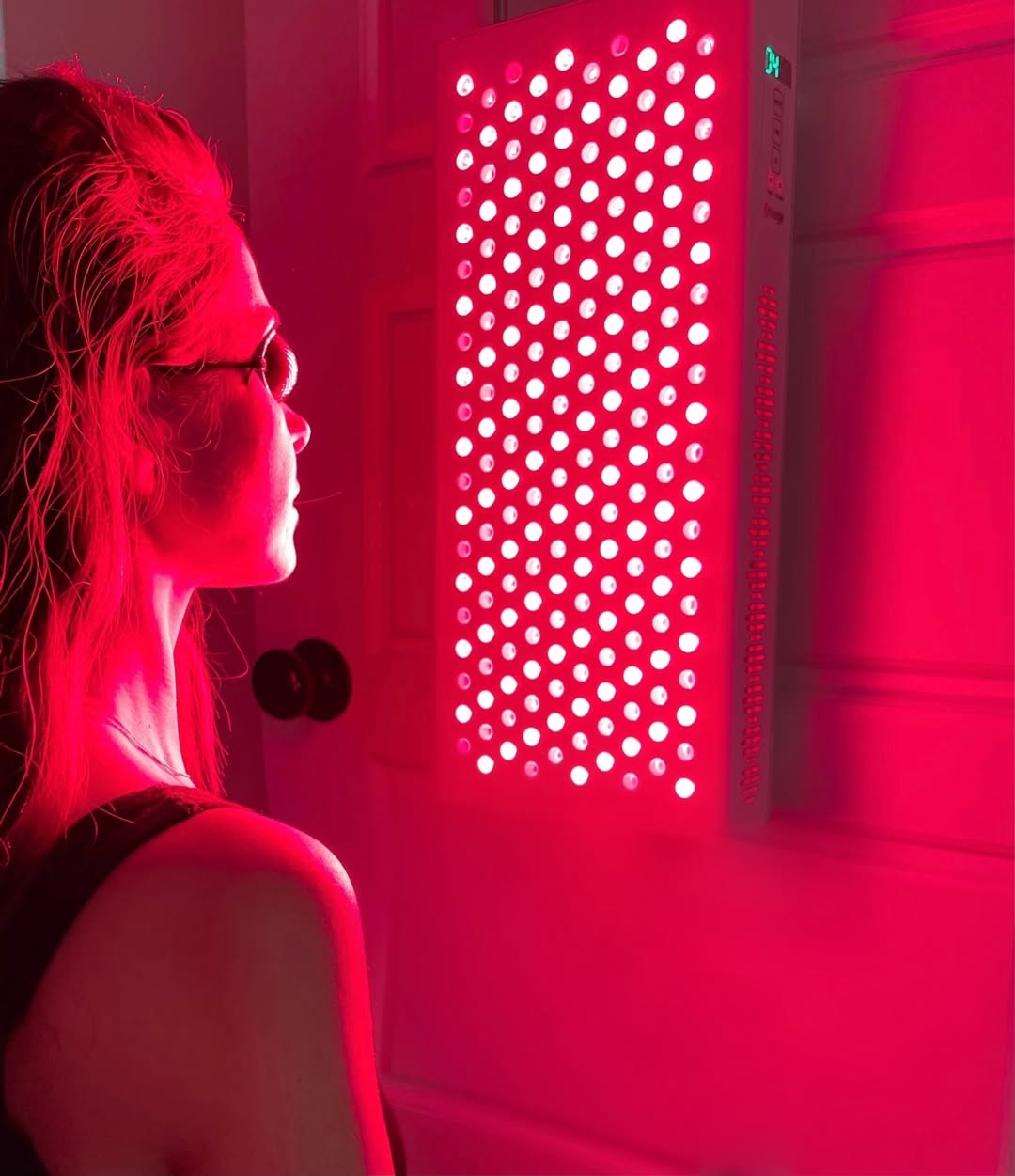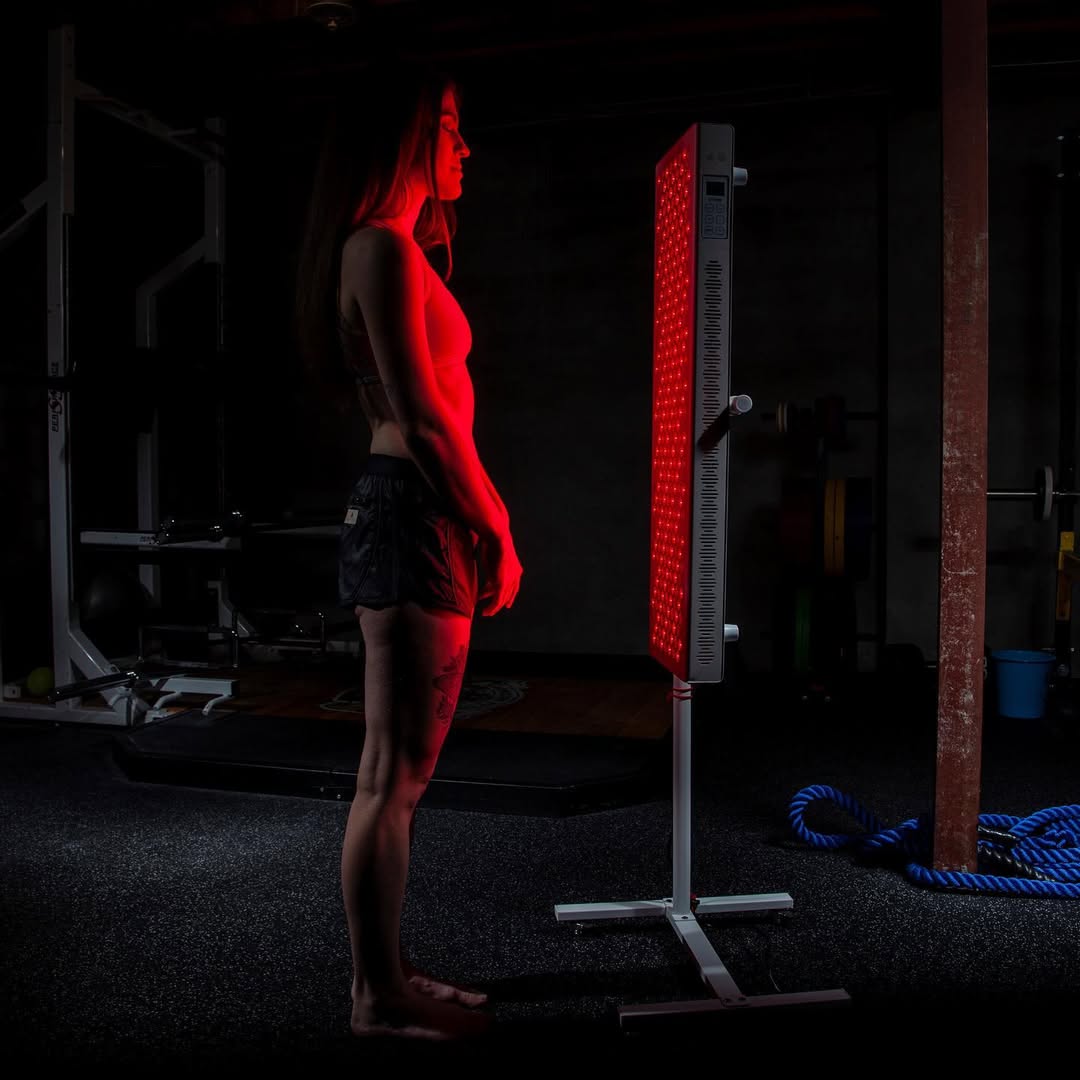![]() Free Shipping
Free Shipping ![]() Buy Now, Pay Later
Buy Now, Pay Later ![]() Eligible
Eligible
Relieve the Tension: Red Light Therapy for Active Yogis and Climbers

In the world of movement-based disciplines like yoga and climbing, flexibility, endurance, and recovery are everything. Whether you’re holding a challenging asana or clinging to a rock face, your muscles, joints, and connective tissues are constantly under tension. Over time, this can lead to stiffness, inflammation, and even injury—slowing down progress and robbing you of the joy of movement.
But what if there was a way to accelerate recovery, reduce muscle soreness, and enhance performance without relying solely on stretching or ice baths? Enter red light therapy (RLT), a cutting-edge, non-invasive treatment that’s gaining traction among athletes, yogis, and climbers alike.
In this article, we’ll explore:
- What red light therapy is and how it works
- The science-backed benefits for active individuals
- How yogis and climbers can integrate RLT into their routines
- Real-life testimonials from practitioners
- Practical tips for getting started
What Is Red Light Therapy?
Red light therapy (also known as low-level laser therapy or photobiomodulation) involves exposing the body to specific wavelengths of red and near-infrared light. These wavelengths penetrate the skin, stimulating cellular energy production (ATP) and triggering a cascade of healing processes.
Unlike UV rays, which can damage the skin, red light is safe and painless—often described as a warm, soothing glow. It’s used in medical clinics, wellness centers, and even at-home devices for everything from skin rejuvenation to pain relief and muscle recovery.
Why Yogis and Climbers Need Red Light Therapy
1. Faster Muscle Recovery
Both yoga and climbing demand intense muscular engagement. Climbers rely on grip strength, forearm endurance, and core stability, while yogis hold deep stretches and balances that tax the muscles.
How RLT helps:
- Reduces inflammation – Light therapy decreases pro-inflammatory cytokines, speeding up recovery.
- Enhances circulation – Improved blood flow means faster removal of metabolic waste (like lactic acid).
- Boosts collagen production – Strengthens tendons and ligaments, reducing injury risk.
2. Improved Flexibility and Mobility
Tight hips, stiff shoulders, and sore hamstrings can hinder performance in both yoga and climbing. While stretching helps, RLT can enhance tissue elasticity at a cellular level.
How RLT helps:
- Increases nitric oxide production, which relaxes blood vessels and improves tissue oxygenation.
- Stimulates fibroblast activity, aiding in the repair of connective tissues.
3. Joint Pain Relief
Climbers often deal with finger and elbow tendonitis, while yogis may experience wrist or knee strain from repetitive poses.
How RLT helps:
- Studies show RLT can reduce joint pain in athletes by up to 50%.
- Promotes cartilage repair, which is crucial for long-term joint health.
4. Better Sleep and Stress Reduction
Yoga and climbing aren’t just physical—they’re mental practices. Poor sleep and high stress levels can sabotage performance.
How RLT helps:
- Regulates melatonin production for deeper sleep.
- Lowers cortisol levels, helping the body recover more efficiently.
How to Incorporate Red Light Therapy Into Your Routine
For Yogis:
- Pre-session (10-15 min): Use RLT on tight areas (hips, shoulders, hamstrings) to enhance flexibility.
- Post-session (10-20 min): Apply to overworked muscles to speed recovery.
- Before bed: A short session can improve sleep quality, aiding muscle repair overnight.
For Climbers:
- After training (15-20 min): Focus on forearms, fingers, and shoulders to prevent tendonitis.
- On rest days: Use RLT to accelerate healing of micro-tears in muscles.
- Pre-climb warm-up: A quick session can increase blood flow and reduce stiffness.
At-Home vs. Professional Devices
- Professional-grade panels (found in clinics) offer deeper penetration.
- Portable devices (like handheld wands or panels) are great for targeted use.
- Full-body beds provide full-coverage treatment but are more expensive.
VELLGUS Elite V2
THE #1 RATED RED LIGHT DEVICE
VELLGUS pro V2
THE #1 RATED FULL BODY RED LIGHT DEVICE
Real-Life Success Stories
Case 1: The Yoga Instructor with Chronic Shoulder Pain
Sarah, a vinyasa instructor, struggled with rotator cuff stiffness. After 4 weeks of red light therapy (3x/week), she reported 70% less pain and deeper backbends.
Case 2: The Climber Battling Finger Tendonitis
Mark, an avid boulderer, used RLT on his fingers post-session. Within a month, his recovery time between climbs dropped by half.
Final Thoughts: Is Red Light Therapy Worth It?
For yogis and climbers, recovery is just as important as training. Red light therapy offers a drug-free, non-invasive way to:
✔ Reduce muscle soreness
✔ Enhance flexibility
✔ Speed up injury recovery
✔ Improve sleep and stress levels
While it’s not a magic bullet, combining RLT with proper stretching, hydration, and nutrition can take your performance to the next level.
Ready to try it? Start with a local wellness clinic or invest in an FDA-cleared at-home device. Your muscles (and your future self) will thank you!








